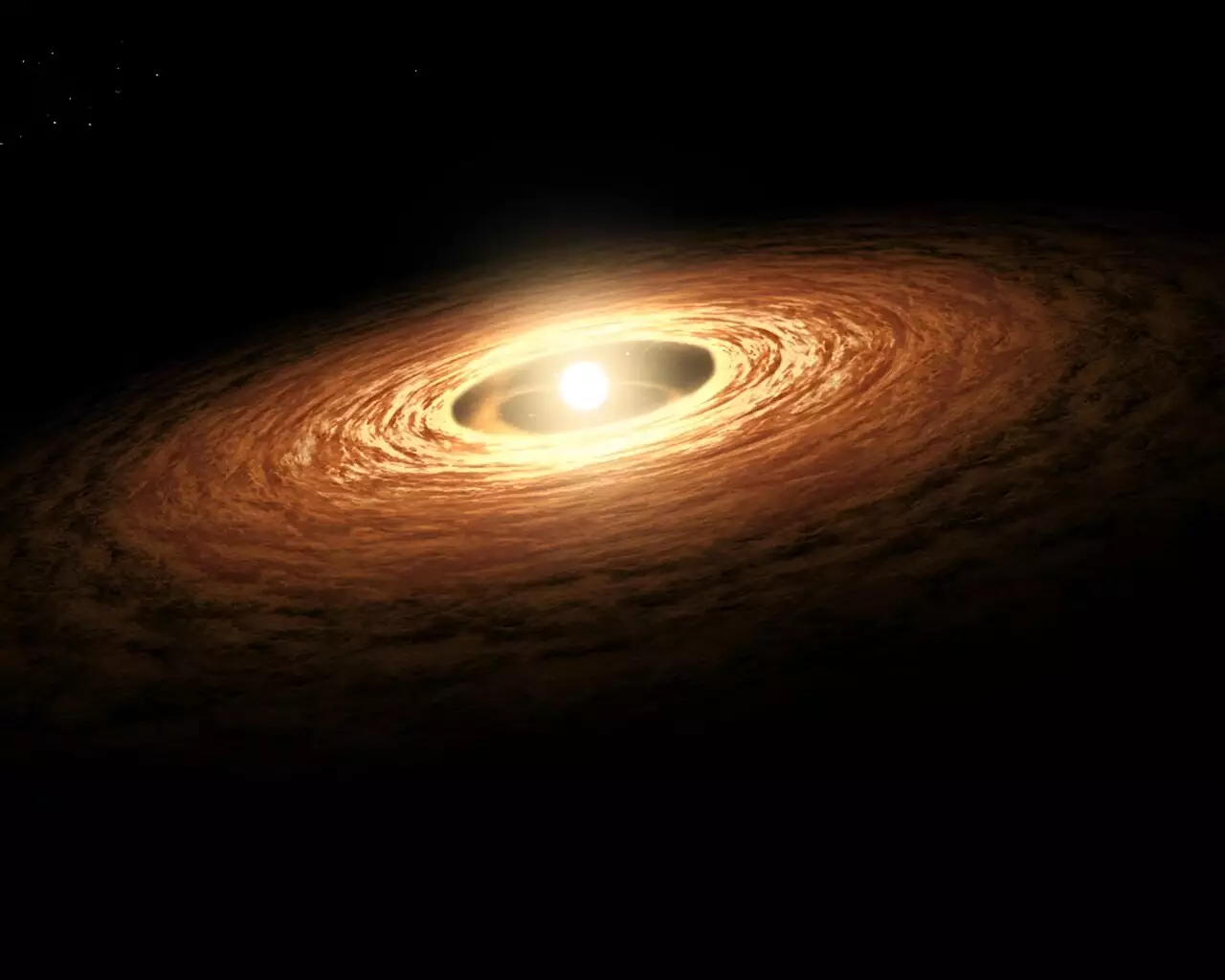In the realm of astrophysics, certain principles have long been accepted as gospel. Yet, a recent breakthrough from the Oak Ridge National Laboratory is reshaping our understanding of how elements like beryllium-10 came to exist in the universe. Historically, beryllium-10 was believed to arise predominantly from the violent deaths of massive stars—supernovae. However, new analyses suggest that this radioactive isotope may precede such cataclysmic events, lending credence to alternative theories that challenge well-entrenched scientific narratives.
What makes this development so significant is that beryllium-10 is linked to the very formation of our solar system—an event dating back approximately 4.5 billion years. Scientists have established that beryllium-10 was present during the early solar system’s formation, indicating a source that diverges from the explosive nature of supernova. Raphael Hix, a nuclear astrophysicist involved in the recent study published in Physical Review C, argues that existing evidences point away from supernovae being the primary contributors to beryllium-10, framing the quest for its true origins as pivotal to our understanding of both our solar system and the galaxy.
Cosmic Ray Spallation: A New Paradigm
The study proposes a compelling alternative—cosmic ray spallation. Unlike the immense pressure and heat generated by supernova explosions, cosmic ray spallation involves high-energy protons and other isotopes, such as carbon-12, colliding at staggering velocities. This interaction leads to the fragmentation of atomic nuclei, effectively generating beryllium-10 in a more nuanced and less violent cosmic ballet. According to Hix, when cosmic rays impact carbon-12, they can break it apart, producing isotopes, including beryllium-10. The benefits of re-evaluating the origins of this isotope are profound, offering a fresh lens through which we can view the history of the cosmos.
The implications extend beyond mere curiosity; they rewrite the story of how elements are synthesized. The conventional method of nucleosynthesis underscores that stars are responsible for creating elements through a series of nuclear reactions. However, if beryllium-10’s origin radically differs from existing models, it necessitates a greater examination of how we understand elemental composition within our galaxy.
Catalysts in Research: The Power of Collaboration
This intricate study arose from a collaboration among multiple institutions, highlighting the power of combined expertise. With contributions from undergraduate students to veteran researchers, the investigative team employed computational resources at the National Energy Research Scientific Computing Center. Such teamwork enabled them to simulate complex astrophysical phenomena and further elucidate the nature of beryllium-10. This collaborative approach stands as a testament to the increasingly interdisciplinary nature of scientific inquiry, where pooling knowledge from various fields can unlock previously inaccessible insights.
The computational models derived from this collaboration yield critical data concerning the behavior and reactions of isotopes under different astrophysical scenarios. Notably, the new findings challenge prevailing assumptions by presenting reaction rates that are significantly higher than those measured in outdated experiments. This re-evaluation of reaction kinetics reveals not just the limitations of earlier assumptions but also the need for continual refinement of theoretical models based on empirical data.
The Existence of Boron-10: A Tangible Clue
Another intriguing aspect of this study lies in the presence of boron-10 within meteorites, which serves as a decay product of beryllium-10. The detection of boron-10 alongside stable beryllium isotopes indicates that beryllium-10 was already present when the solar system formed. This connection provides a more concrete timeline for the synthesis of this isotope and further substantiates the hypotheses centered on cosmic ray spallation as its primary source.
Taking this into account, the implications shift our understanding not only of beryllium but of the broader cosmic processes that govern element formation. If beryllium-10 can be traced back to reactions with cosmic rays in the interstellar medium, it also opens the door to evaluating the conditions necessary for similar processes, yielding insights into the early materials that formed our solar system and potentially others.
Rethinking Cosmic Origins
In light of these revelations, it’s paramount to note that the narrative surrounding beryllium-10 is emblematic of a broader trend within scientific discoveries: the paradigm shift that occurs when concrete evidence provokes established beliefs. While supernovae have long been understood as pivotal events in stellar evolution, this research beckons a re-examination of the dynamics of cosmic evolution. Each discovery regarding isotopes like beryllium-10 serves to remind us how dynamic and ever-evolving our understanding of the universe can be.
As we redefine the origins of elements, we owe much to the collaborative efforts of researchers who thrive on inquiry and exploration. In doing so, they not only unveil the complexities of the cosmos but also illuminate paths for future exploration and understanding, enriching both scientific discourse and our own sense of place in the universe.


Leave a Reply